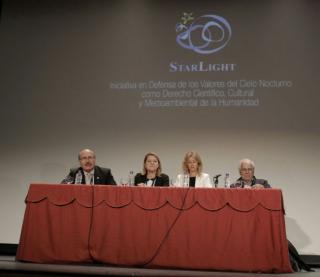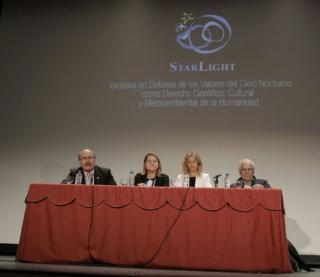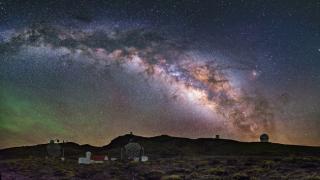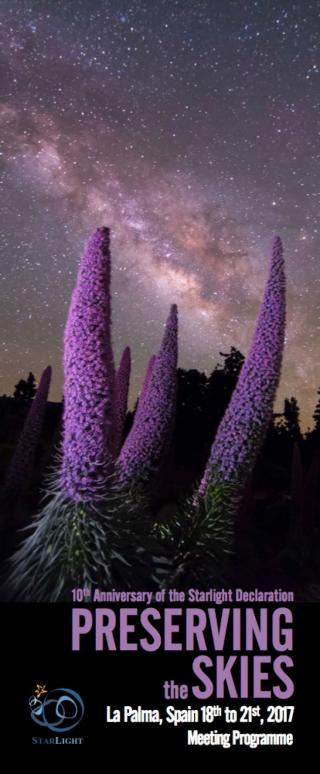
The detection, in which an IAC researcher took part, was made using the transit technique with the MEarth network of telescopes and the HARPS spectrograph on a telescope at the La Silla Observatory in Chile. The results will be published tomorrow in the Nature magazine.
Advertised on




